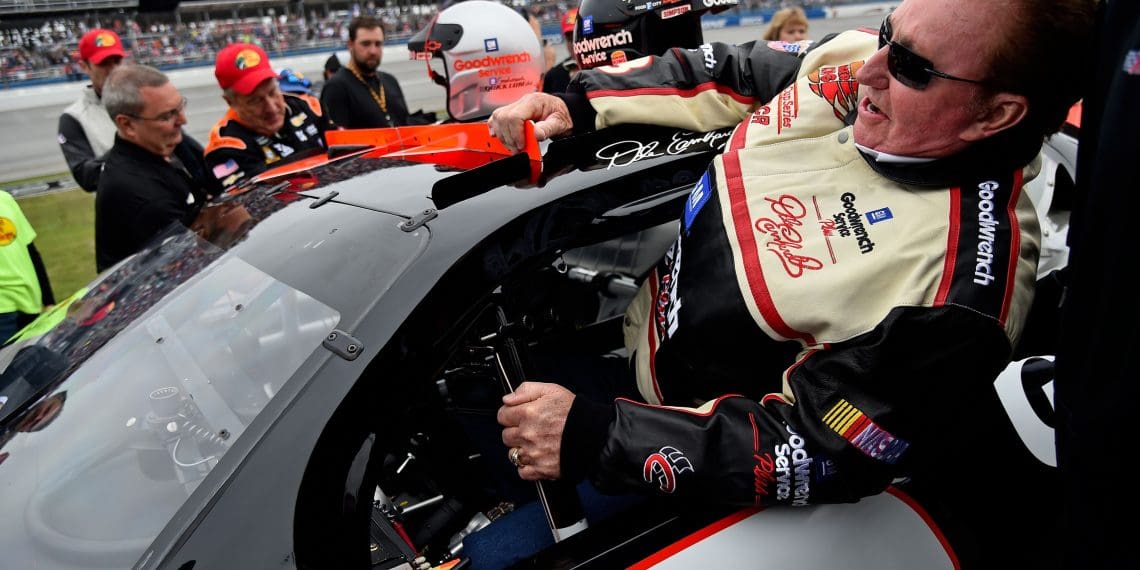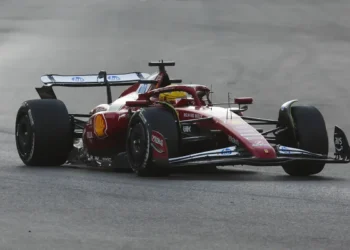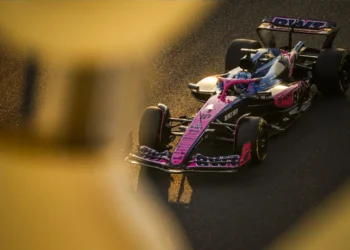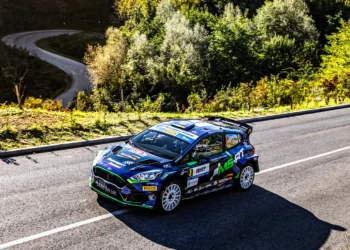A tragic twist of fate unfolded on the NASCAR tracks in 2001, when the sport’s most prominent figure, Dale Earnhardt, prophesied his demise without anyone noticing. In the final phase of his life, Earnhardt exhibited an aura of invulnerability, a man who had stood the test of time in the brutal world of NASCAR. He fondly recalled a bygone era, a time where the strength of stock cars was paramount and they could withstand a hit and simply power on.
In the hours leading up to the fatal 2001 Daytona 500, Earnhardt delivered his last known interview. He seemed hopeful about the impending race, stating, “We’ve got a good shot at [it]. Got a good race car.” Despite expressing some apprehension about the performance of his car during the previous day’s practice, he remained assured and optimistic, asserting, “It’s going to be okay. We’ve got a good engine in it.”
However, this was not to be. As the Daytona 500 neared its end, Earnhardt’s car crashed into the retaining wall and other vehicles. He was declared no more by the Halifax Medical Center, with the cause of death being a basilar skull fracture. His tragic demise forced NASCAR to reevaluate their safety regulations, leading to the compulsory use of head-and-neck restraints and installation of SAFER barriers for improved driver safety in the competition.
In March 2000, Earnhardt fondly reminisced about the robustness of the older NASCAR models. He expressed his frustration with the shift towards more delicate, aerodynamically optimized cars. His words, although ignored at the time, would soon take a chilling significance. Earnhardt had thrived in an era where durability trumped speed, where his aggressive style was backed by the belief in his car’s resilience.
However, by the dawn of the new millennium, NASCAR had taken a different path. The cars had become more susceptible to contact, relying heavily on pure air and aerodynamics. Earnhardt voiced his concerns about this shift, drawing a comparison between an ’86 Monte Carlo and a 2000 model. He believed the older car could endure more, lending him an edge in a race.
Dale Earnhardt’s No. 3 Chevrolet made brief contact with Sterling Marlin during the final turn of the Daytona 500. It then crashed into Ken Schrader and the outside wall. The collision at first glance did not appear catastrophic, but the force of the impact and the structural weaknesses of the car sealed Earnhardt’s fate.
In the aftermath of the tragic incident, NASCAR was forced to make a U-turn. SAFER barriers were installed, the HANS device made mandatory, and the Car of Tomorrow was introduced with a stronger chassis. These safety improvements addressed the very issues Earnhardt had raised, albeit posthumously.
But Earnhardt’s concerns weren’t unique. The late 1990s saw NASCAR prioritizing aerodynamics and speed over durability. Similar crashes had claimed the lives of Adam Petty and Kenny Irwin Jr. in 1999, both succumbing to the same basilar skull fractures as Earnhardt. Despite these warning signs, NASCAR resisted significant safety reforms.
The severity of the situation only hit home when NASCAR President Mike Helton announced, “We’ve lost Dale Earnhardt.” The revelation shook the industry, forcing drivers to adopt safety precautions they had previously opposed.
Earnhardt’s death was a wake-up call for NASCAR, leading to the introduction of safer cars, more secure barriers, and stricter safety regulations. The effectiveness of these measures was seen in the aftermath of the brutal crashes involving Ryan Newman in 2020 and Michael McDowell in 2008. While Earnhardt tragically did not live to see these changes, his legacy continues to protect every driver on the track today.










